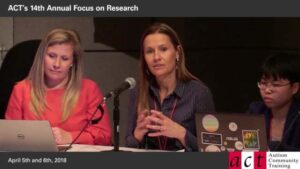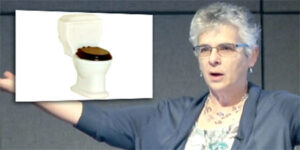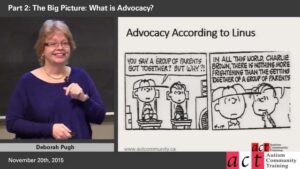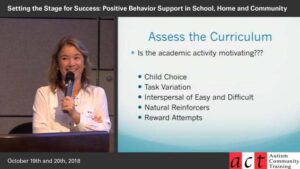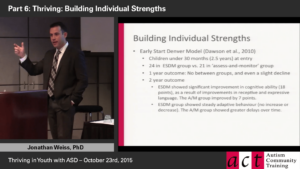Stephanie Jull, PhD
VP Programs, Training & Community Engagement, Canucks Autism Network
Filmed November 2020 – edited into 9 parts; total 154 minutes
This workshop provides evidence-based strategies for supporting positive behavior in community-based sport and recreation opportunities. It includes a range of simple, practical strategies that will be useful for parents, caregivers, coaches, community recreation providers, program leaders, or anyone else who is interested in supporting children with autism to thrive in recreation activities. Note that all strategies presented are also highly applicable for supporting children at home.
Helping Your Child Thrive in Sport & Recreation – Presentation Handout (21 Pages)
Participant Workbook (7 Pages)
Presenter Bio
Dr. Stephanie Jull is the VP of Programs, Training and Community Engagement at the Canucks Autism Network (CAN). In her role at CAN, she oversees a team of staff and volunteers who provide hundreds of program spaces for children, youth and adults with ASD in recreation, social and employment programs in communities across BC each year. In addition, CAN is committed to building capacity in the community. Every year, CAN’s training team provides workshops to hundreds of coaches, First Responders, employers, school personnel and other organizations to improve understanding, acceptance and support for individuals with autism across the province and beyond.
For more about Dr. Jull’s academic background and her commitment to community inclusion through research, see https://educ.ubc.ca/alumni-supporters/educatorprofiles2018/stephanie-jull-phd02/
Part 1: Support Strategies Introduction
Topics Covered:
- Building relationships and creating a fun environment
- How to find out what the participant likes
Part 2: Increasing Predictability with Frontloading
Topics Covered:
- Frontloading new expectations and schedules
- Frontloading during Covid-19
- Transition warnings
- Canucks Autism Network – Skate Program Video
Part 3: Increasing Predictability with Visual Schedules
Topics Covered:
- Types of visual schedules
- What is the visual schedule that makes the most sense?
Part 4: Increasing Predictability with Transition Warnings and Code of Conduct
Topics Covered:
- Types of transition warnings
- Visual vs. verbal transition warnings
- How to get ‘buy in’ from the start
Part 5: Motivation
Topics Covered:
- Notice and praise the good stuff
- How to structure choices
Part 6: First-Then
Topics Covered:
- Understanding and seeing incentives
- Visual and verbal first-then tools
- Predictability supporting engagement
- Keeping children engaged
Part 7: Communication: Show and Say
Topics Covered:
- Types of ‘show and say’ communication
- Visual cues
Part 8: Communication: Rule of Three
Topics Covered:
- Giving concise instructions
- Being patient and avoid repeating
- Chunking and breaking down instructions
Part 9: Communication: Common Themes
Topics Covered:
- Overview of communication techniques
- Staying positive
- Being specific
- Providing better feedback
Additional Resources
- To see the first presentation in this series: Building Community Recreation Skills: Why It’s Important to Get Your Child with Autism Involved, and Where to Start
- CAN (Canucks Autism Network)
- 2 Box Choice Board or 3 Box Choice Board
- 3 Box Visual Schedule
- 10 Token Board
- Countdown Strip or Countdown Strip with Words or Countdown Strip with Numbers
- First/Then Board
- Wait Card


